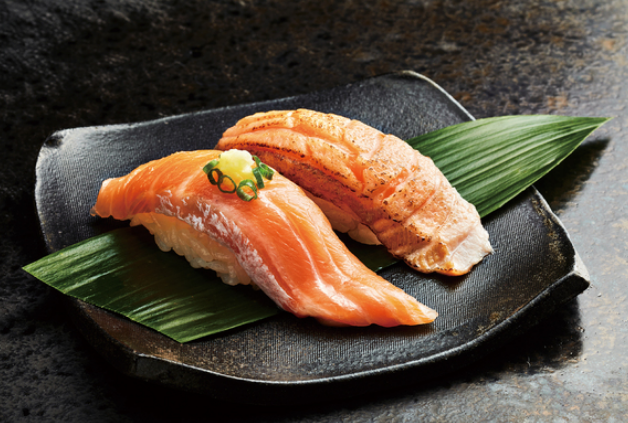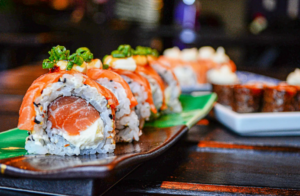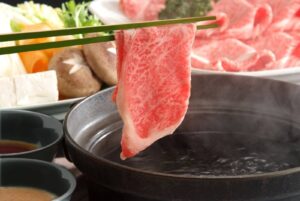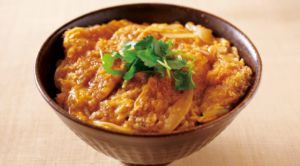Thailand and Japan have shared a strong relationship for over 130 years since they established diplomatic ties in 1887. Economically, Thailand remains one of Japan’s most crucial partners.
In 2019, before the COVID-19 pandemic, approximately 1.8 million Japanese tourists visited Thailand, underscoring the close ties between the two countries. In 2023, this number was only about 800,000, indicating that recovery is still underway.
Despite the pandemic, the number of Japanese restaurants in Thailand has steadily risen. From around 3,000 in 2018, the count grew to 5,325 in 2022 and 5,751 in 2023—nearly doubling in just five years. This remarkable growth highlights the increasing enthusiasm for Japanese cuisine among Thai people.
The growing popularity of Japanese cuisine in Thailand can be attributed to three key trends: authenticity, diversity, and health.
Subscribe to our newsletter for the latest trends in Japanese cuisine popular in Thailand and Southeast Asia!
Click here to subscribe
Popular Japanese Dishes in Thailand: Sushi and Shabu-Shabu
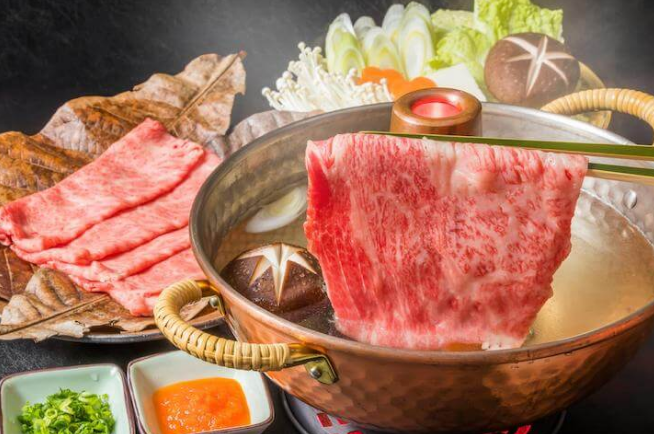
Sushi is a staple of Japanese cuisine worldwide. In many countries, sushi variations like the California roll have been tailored to local tastes.
In Thailand, however, the trend leans toward authenticity. High-end Japanese restaurants have become more common in recent years, offering sushi prepared with fresh fish flown in directly from Japan. The “omakase” experience, where diners entrust the chef to decide the menu, has gained popularity among Thai consumers seeking genuine Japanese culinary experiences.
The allure of omakase lies in its focus on seasonal ingredients, prepared and served at their peak freshness. It also allows diners to enjoy the meticulous craftsmanship and hospitality (“omotenashi”) that define Japanese culture.
Another favorite is shabu-shabu, a Japanese hot pot dish that resonates with Thai diners. Thailand’s own version, known as “Thai suki,” shares similarities with shabu-shabu, featuring meats, seafood, vegetables, and dipping sauces spiced with garlic, chili, and lime. Thai people embrace shabu-shabu for its communal, family-style dining experience.
Variety of Japanese Cuisine in Thailand
Thailand boasts the highest number of Japanese restaurants in Southeast Asia, with three times as many as Vietnam and about seven times more than the Philippines. This diversity allows Thai diners to enjoy a wide range of options, from upscale fine dining to casual izakayas, ramen shops, conveyor-belt sushi chains, and fast-food stalls serving dishes like takoyaki.
Health-Conscious Dining Fuels Popularity
As obesity rates rise in Thailand due to higher income levels and a more Westernized diet, health consciousness has also grown. In response, the Thai government introduced a sugar tax on sweetened beverages in 2017.
Japanese cuisine is often viewed as healthy, which has further boosted its popularity. Thai diners increasingly choose Japanese food for its nutritious qualities. For entrepreneurs considering starting a food business in Thailand, offering healthy Japanese meal options—like a “7-Day Diet Sushi Pack” featuring frozen sushi sets—could be a winning strategy.
Additionally, emphasizing authenticity, such as featuring chefs trained in Japan or using imported ingredients, can attract customers seeking genuine Japanese experiences.
The Role of Technology in Japanese Cuisine

Contrary to popular belief, much of the Japanese food served abroad is made with the help of advanced machinery.
Founded in 1958, Fuji Seiki developed Japan’s first automated rice ball machine in 1970, followed by sushi roll machines, and inari sushi machines. The company established a base in Bangkok in 2022, providing rice ball machines to Japanese restaurants and food factories serving convenience stores.
Their Onigiri Master OCP model, for instance, can produce up to 300 rice balls per hour, a speed that human hands cannot match.
